Mars Atmosphere Compared to Earth
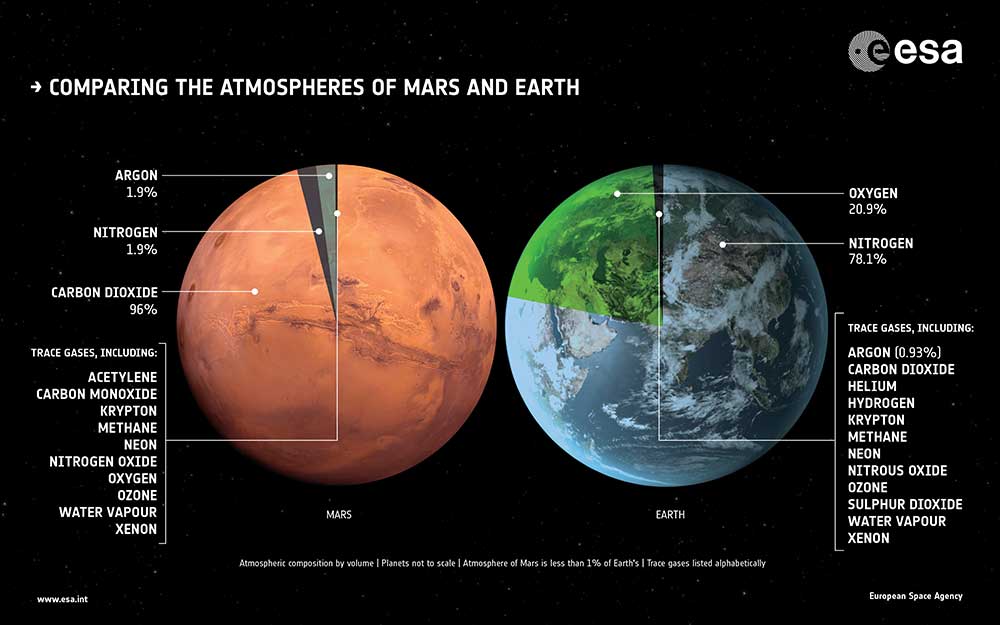
How is Mars’ atmosphere different from Earth’s?
Mars’ atmosphere is mostly carbon dioxide-based. But Earth’s atmosphere is rich in nitrogen and oxygen. You can compare their atmosphere compositions in the table below:
| Dominant Gases | Mars | Earth |
| Carbon dioxide (CO2) | 96% | 0.0391% |
| Nitrogen | 1.9% | 78.1% |
| Oxygen | 0.174% | 20.9% |
| Argon | 1.9% | 0.93% |
Similar to planet Venus, carbon dioxide dominates Mars. Lucky for us, CO2 is less than 1% of Earth’s atmosphere composition. Because Mars’ atmosphere is 96% carbon dioxide, any plants would blossom if they existed. All they are missing is a source of water.
While 78.1% of Earth’s atmosphere is nitrogen, Mars is only 1.9% nitrogen-based. Earth is rich in oxygen (20.9%). But we can only find trace amounts of oxygen on Mars. Other than trace gases, argon comprises 1.9% of Mars’ atmosphere.
READ MORE: 15 Facts About Mars: The Remarkable Red Planet [Infographic]
How is Mars’ atmosphere volume different from Earth’s?
Mars has a much thinner atmospheric volume compared to Earth. Earth’s atmosphere is over 100 denser than Mars.
Keep in mind that Earth’s size in the infographic above is much larger compared to Mars. Mars is about half the size of Earth in diameter.
If you account for total mass, Mars is about 10% of Earth. For volume, it would take 6 Mars to fill in Earth.

What’s the history of Mars’ atmosphere?
There’s a lot of evidence suggesting Mars’ atmosphere has evolved and it was once much warmer and wetter.
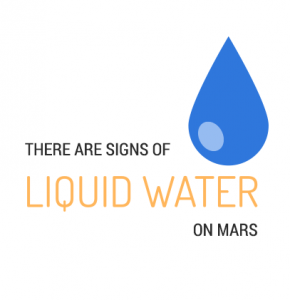
Long ago, volcanism was likely prominent on Mars. When you have that much volcanism, this means Mars probably had a thick atmosphere and probably an ocean hundreds of meters thick.
Because Mars doesn’t have a magnetic field, solar winds have stripped away much of Mars’ atmosphere into the cold, arid planet Mars is today.
Furthermore, Mars has dust storms that cover the entire planet and last for weeks. These dust storms are so influential that it can change the atmospheric temperature.
What are the trace gases on Mars?
Trace gases on Mars make up less than 1% of the volume of Mars. They consist of the following gases – are acetylene, carbon monoxide, krypton, methane, neon, nitrogen oxide, oxygen, ozone, water vapor, and xenon.
Even though they make up a small percentage of volume, ESA’s ExoMars Trace Gas Orbiter is capable of sniffing out these types of trace gases. In particular, the amount of methane in Mars’ atmosphere holds clues to Mars’ past atmosphere.
On Earth, methane released into the atmosphere is large because of livestock and other agricultural practices. But also, hydrocarbon gas reservoirs and volcanic activity can release methane. Because biology plays a key role in the release of methane in the atmosphere, its source has become a top in ESA’s Mars Exploration Program.
Additional Resources
NASA’s Mars Exploration Program
If you want a flashy way to see the Red Planet, check out NASA’s Mars Exploration Program.
It includes everything from Mars’ current weather, recent images from the Mars Rover, and more.
Specifically, we love their infographic of Mars facts. If you’re in a hurry for quick facts about Mars, it has everything like density, tilt, seasons, weight, and gravity.
ESA’s ExoMars Program
We also enjoyed the European Space Agencies list of 10 things you did not know about Mars.
Obviously, you’re going to know some of these facts about Mars. But some of them you’re not going to know…
Like did you know Mars has 3 ozone layers? But if you enjoy eyeballing stunning visuals, ESA has a couple of beauties.
Mars Atmosphere Compared to Earth
Mars’ atmosphere is much thinner than Earth’s. It consists mainly of carbon dioxide (around 95%), with traces of nitrogen and argon, and its surface pressure is only about 0.6% of Earth’s.
This thin atmosphere cannot support human life without life support systems, and its lack of a significant greenhouse effect contributes to the planet’s extremely cold temperatures.
If you have questions about Mars, please fill out the comment form below for us and we’ll try to get back to you.



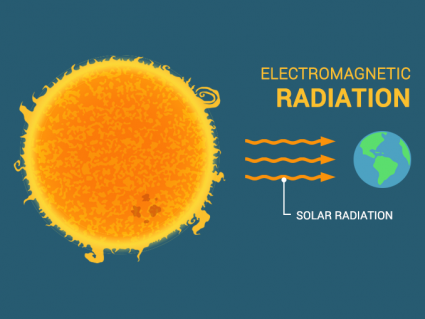
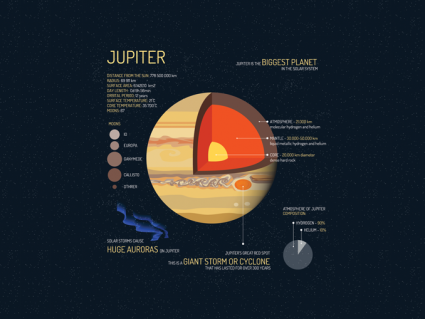

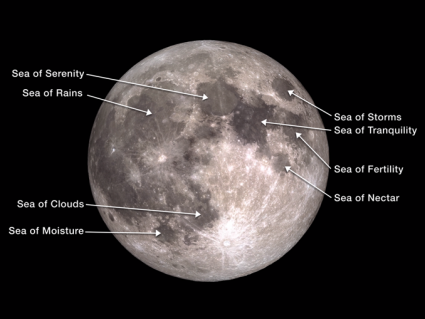
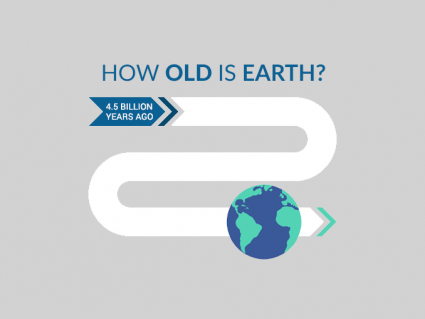

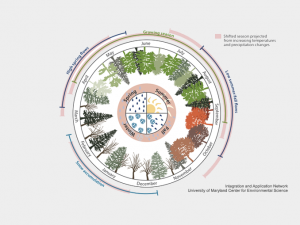


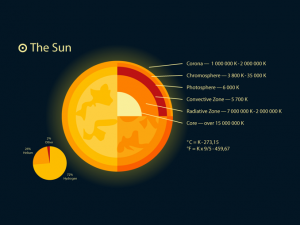


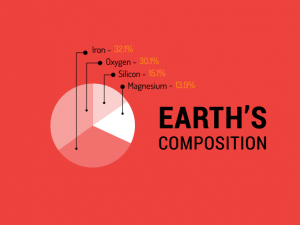

The Mars helicopter Ingenuity is first of all small (reducing volume) and ultralight (made of the lightest possible materials such as its graphite fiber rotor.) Also the rotor spins at an incredible rate: 2400–2700 rpm! That limits the flight time between charges to a maximum of 167 seconds.
That means to survive in Mars human beings have to be transformed in the plant beings in order to take in carbon monoxide and convert it into oxygen for the usage of breathing and also to release it to the atmosphere in Mars.
You can try. But it wouldn’t be too comfortable.
Can you sleep on mars?
How can a helicopter operate on Mars if the air is so thin?
Interesting idea. Sounds like NASA is looking into using NASA’s Mars Oxygen In-Situ Resource Utilization Experiment (MOXIE) as a propellant and for breathing.
Like a tree, it produces oxygen by inhaling carbon dioxide from the Martian atmosphere. Then, it exhales oxygen.
Here’s a quote from Michael Hecht, Principal Investigator at NASA –
“When we send humans to Mars, we will want them to return safely, and to do that they need a rocket to lift off the planet. Liquid oxygen propellant is something we could make there and not have to bring with us. One idea would be to bring an empty oxygen tank and fill it up on Mars.”
Would it be possible to extract the trace oxygen from the Martian atmosphere then store for human visitors to breathe?